What Is the Dark Side of the Moon? Facts, and Exploration
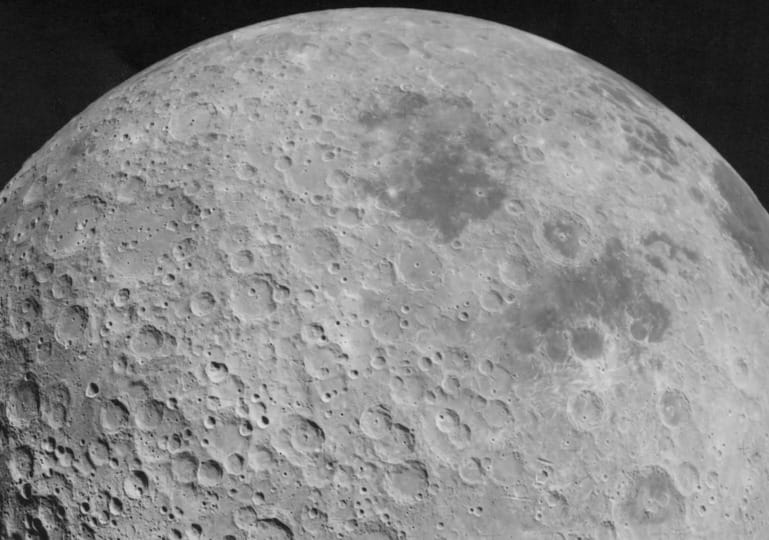
What is the dark side of the moon? And why does our moon have a dark side like this? In this article, we will talk about the dark side of the moon.
As you all already know, the moon orbits the Earth. It takes 28 days to complete one orbit. That's why we get to observe a Full Moon Day once a month.
So in this way, the moon rotates around itself as it orbits the Earth. It takes the moon exactly twenty-eight days to complete one orbit around itself. That means that when the moon completes one orbit around the Earth, it also completes one orbit around itself.
Since the time it takes for the Moon to complete one orbit around the Earth is exactly the same as the time it takes for it to complete one rotation around itself, we always see the same side of the Moon when viewed from Earth. We call this tidally locked.
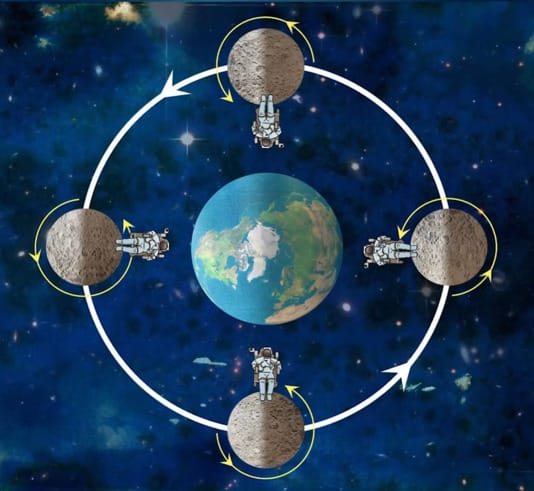
Full Moon Day and New Moon Day: Key Differences
When the moon comes between the Earth and the sun, the side of the moon farthest from us is completely bright. But the side we see is completely dark. We call such a day a New Moon Day.
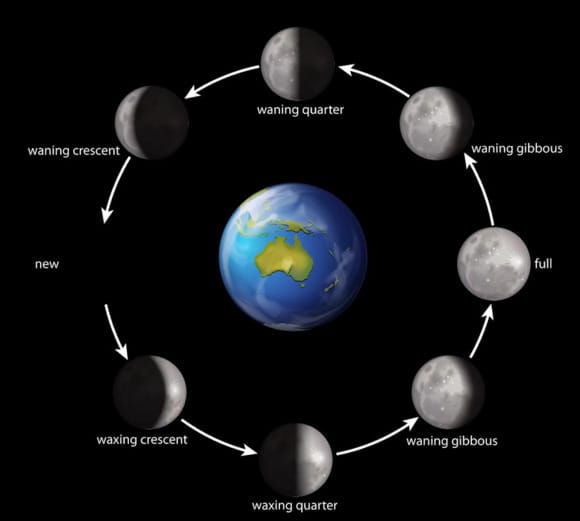
Similarly, when the Earth comes between the Moon and the Sun, the side of the Moon that we see is completely illuminated. This is the day we call the Full Moon Day.
Why Can’t We See the Moon’s Far Side?
So after hearing all these details, you probably understand that we always see one side of the moon, and we never get to see the other side. But this side is not dark, as sunlight falls on it from time to time. So, for this reason, calling the side of the moon that we do not see the dark side of the moon is not a very appropriate term. If this is correct, we should call it the far side of the moon.
How to View the Dark Side of the Moon
So, to see this side of the moon that we can never see, we definitely need to send a spacecraft. That spacecraft needs to leave Earth and orbit the moon. Then we can take pictures of the far side of the moon.
What Is the Discovery Mission?
The main objective of the Discover mission is to detect a solar flare from the Sun approaching Earth and warn the Earth about it. So after hearing these details, you all understand that to do this job, this Discover satellite has to be somewhere between the Earth and the Sun. That means it is definitely orbiting the Sun.
Solar winds typically travel about one-thousandth the speed of light, so this satellite can quickly report a solar flare to Earth if it detects one.
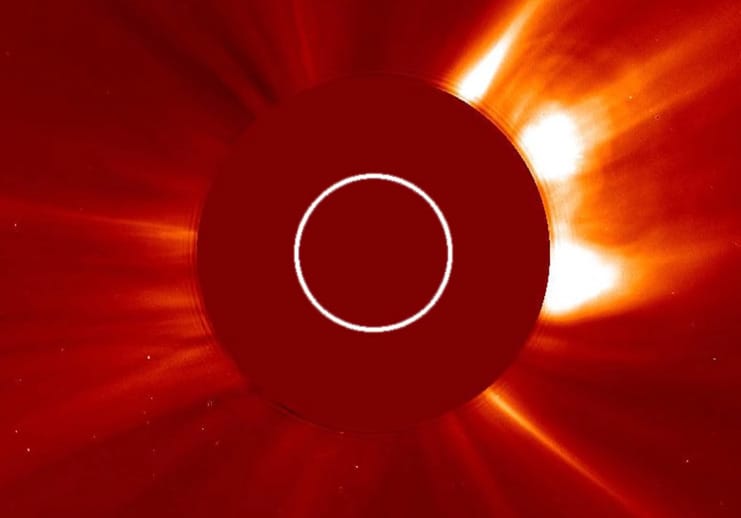
So to put this discover satellite in orbit between the Earth and the Sun, it would have to orbit the Sun in a smaller orbit than the Earth. But you all already know that as it moves into a smaller orbit like this, the orbital velocity of this satellite increases. Then this satellite passes by the Earth. It doesn't get to stay between the Earth and the Sun.
There are four Lagrange points in the orbits of the Earth and the Sun. At one of these Lagrange points, the gravitational pull of the Earth and the Sun completely disappears. So, because of this, even if we send a satellite to a Lagrange point, that satellite will be able to stay stationary relative to the Earth and stay at that point. This is like a parking spot in the universe.

So the Discover satellite we talked about earlier is parked at the L1 point, which is the 1st Lagrange point. This is about a million and a half kilometers from Earth to the Sun. At this 1st Lagrange point, the gravity of the Earth and the gravity of the Sun completely cancel each other out. Then, this Discover satellite is able to remain stationary relative to the Earth and remain at that Lagrange point.
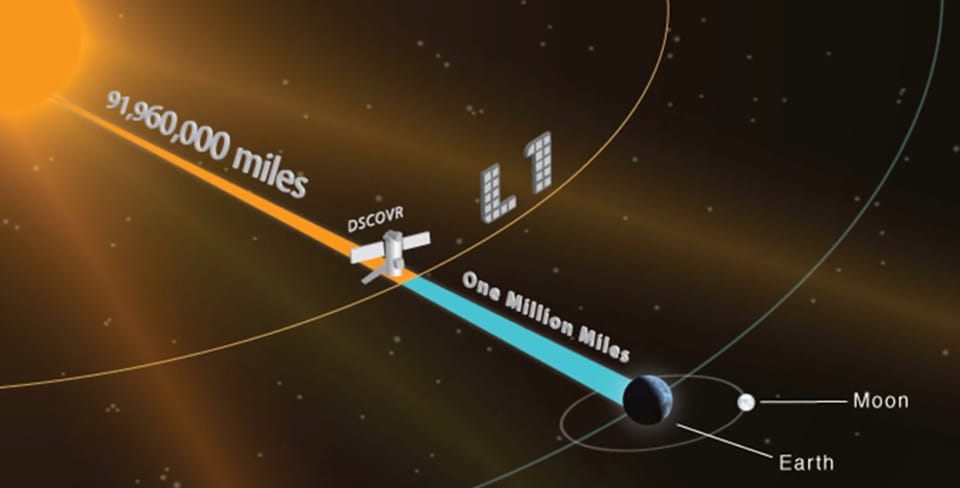
Discover satellite, was launched into space in 2015 using a Falcon 9 rocket. The Discover satellite is also the farthest satellite from Earth to be launched using a Falcon 9 rocket.
So, since the Discover satellite can stay stationary at this L1 point, it will be able to detect solar flares and warn Earth if such a solar flare is coming directly towards Earth. Not only that, this Discover satellite has something called the Earth Polychromatic Imaging Camera (EPIC). This camera continuously watches the Earth. Not only that, it can also take pictures of the Earth at specific intervals. The Epic Discover website has all the photos taken so far using this Epic camera.
Although it is said that the gravity of the Earth and the gravity of the Sun completely cancel out at this Lagrange point, it does not happen 100% that way. Therefore, the distance between this Discover satellite and the Earth can sometimes change gradually. So this is why, in the images taken by the EPIC camera on the Discover satellite, sometimes the Earth looks a little smaller, and sometimes we are able to see the Earth a little bigger.